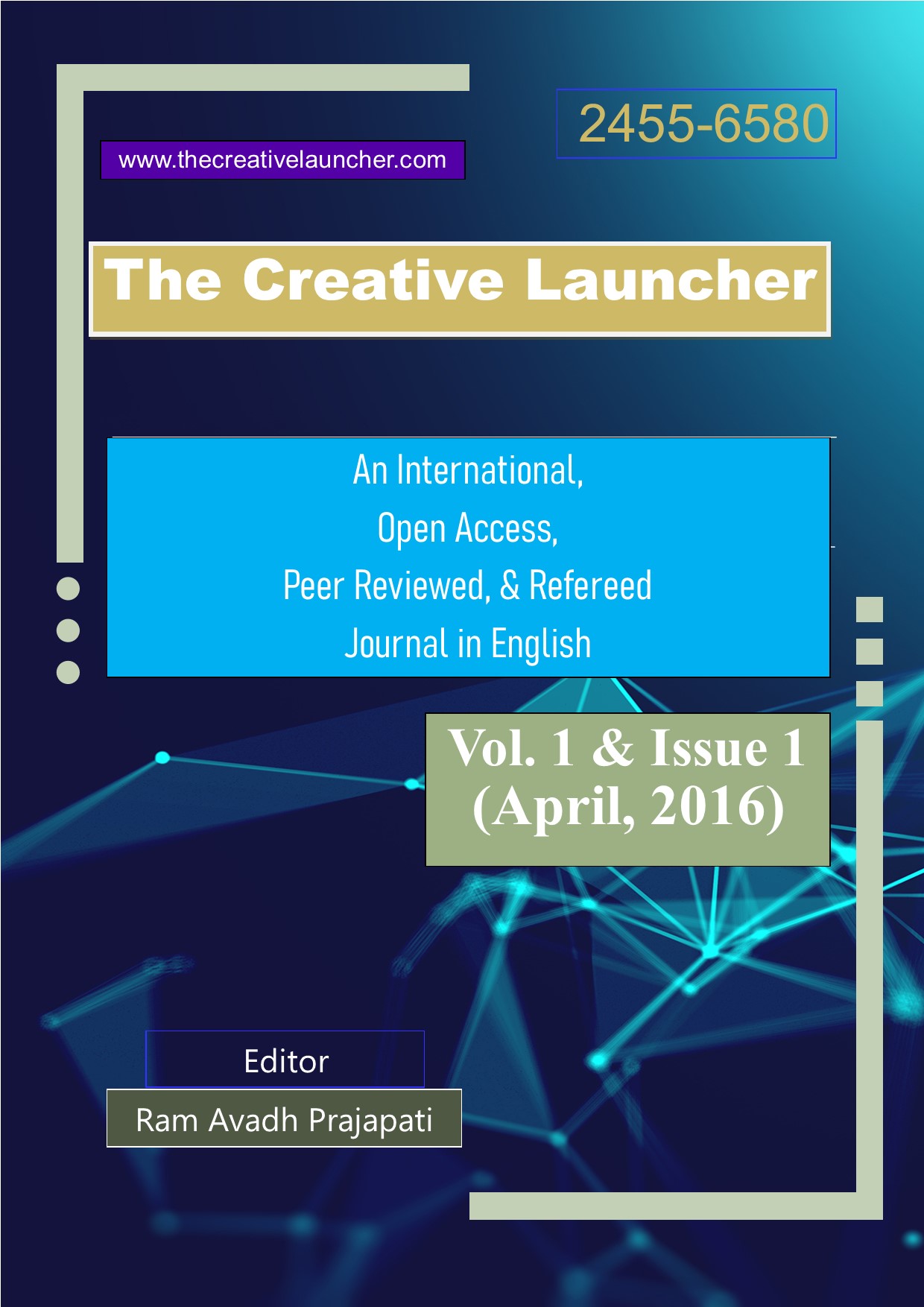English Language Teaching: Innovative Techniques in Multiple Intelligence Classes
Main Article Content
Abstract
India having a multi-lingual society, gives every language its own privileges and positions. English as an official and second language has also a vital role in making classrooms active in educational institutions and universities as well, by using it as a powerful tool for teaching subjects. The teaching of English language to students from the primary level has become much relevant in India in recent years since it is the medium of instruction in almost esteemed institutions. One reason for this has been the introduction of English as Foreign Language (EFL)/ English as Second Language (ESL) teaching in a number of European countries – but it is also a world-wide phenomenon. The best teaching methods in English class rooms and approaches, which the better understanding of students depends upon, are playing a vital role in making classes effective. One of the recent approaches in English language teaching methods is "the Theory of Multiple Intelligences MI"(1983), which is coined by Howard Gardner, an American psychologist and professor of education at Harvard university. Because since Classes are meant for clashes of the various minds, where students having different strengths and cognitive thinking come together, it is the necessity of classroom activities and teachings to be inclusive and comprehensive as well.
Downloads
Article Details

This work is licensed under a Creative Commons Attribution-NonCommercial-NoDerivatives 4.0 International License.
References
Armstrong, Thomas. Multiple Intelligences in the Classroom 2nd ed. Alexandria (p.41), 2000.
Howard Gardner. Frames of Mind: The Theory of Multiple Intelligences, New York: Basic Books, 1983
Diane Larsen- Freeman, Techniques and Principles in Language Teaching, oxford university press, second edition, (p.169-173), 2004
Kenneth Beare, Multiple Intelligence to Teach English, Practical Guide
Jo Budden, Multiple Intelligences, Adult General English, British Council, Barcelona 2005
Gardner, Howard, Multiple Intelligences: The Theory in Practice. New York: Basic Books, 1993.
M Loon, How to use Gardner's intelligences in a class program
Kellie Hayden, Gardner’s Eight Multiple Intelligences in the Classroom, Bright Hub Education, 2015
Birmingham Grid For Learning, blog
Smith, Mark K. 'Howard Gardner and multiple intelligences', The Encyclopaedia of Informal Education, (2002, 2008)
Gökhan Bas, Integrating Multiple Intelligences in ESL/EFL Classrooms, The Internet TESL Journal(Konya, Turkey)
www.teachingenglish.org.uk, , multiple-intelligences, article
web.cortland.edu/learning MI Theory

